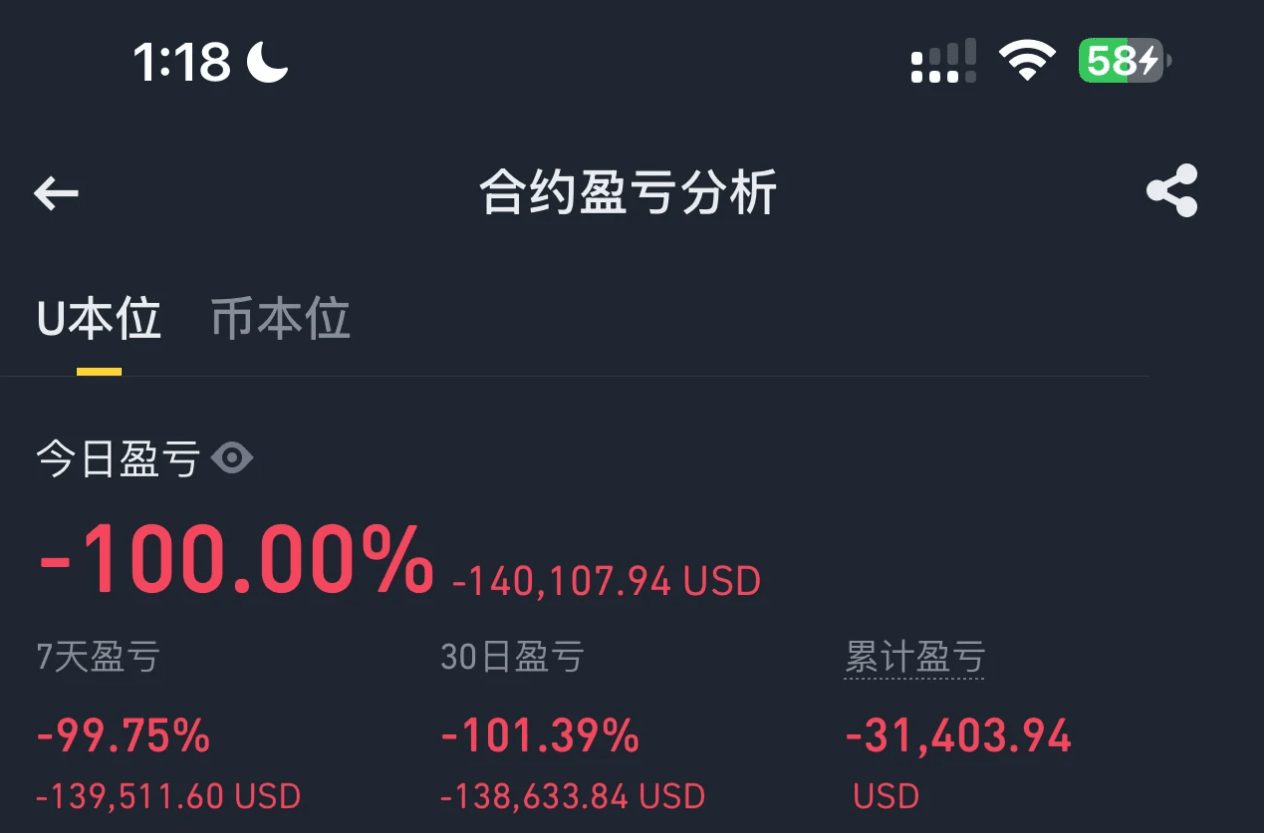I've seen too many people double their investments in a month, only to end up with significant losses after a year. They can decipher market emotions and understand candlestick theories, but they blew up their accounts three times during a single trend—not due to lack of skill, but because their eyes were filled with the obsession of 'tenfold in three months', and their positions ran faster than their ambitions. The numbers on the liquidation order don't lie: 90% of liquidations die from the five words 'want to win quickly', while those who survive have turned 'rolling profits' into an instinct.

The cryptocurrency market is like a battlefield without gunpowder. Over the past decade, I have witnessed countless people fall due to greed, and I have also witnessed a few individuals traverse bull and bear markets based on iron rules. From an initial capital of tens of thousands to current assets of tens of millions, what has supported me is not luck but a set of survival rules ingrained in my bones.
Positioning strategy: Build a capital defense system.
Capital management is the premise of survival. I divide my capital into four 'legions': 40% main forces anchored in Bitcoin and Ethereum; regardless of how crazy the market gets, this portion remains rock solid, ensuring the basic foundation is not shaken; 30% vanguard directed towards potential projects with practical scenarios, from early smart contract platforms to later Layer 2 tokens, serving as the elite for obtaining excess returns; 20% reserve waiting in cash, becoming the ammunition for bottom fishing during market crashes; the remaining 10% as scouts for flexible allocation, so that even if the whole army is wiped out, it won't cause serious injury. In the 2018 bear market, when mainstream coins were generally halved again, it was a certain public chain token in the vanguard that rose against the trend by 8 times, pulling the overall loss back to a safe line.
Reverse thinking: Stay clear-headed in the emotional whirlpool.
The market is always repeating the cycle of 'greed - fear'. Reverse thinking can help avoid most traps. At the peak of the 2017 bull market, even the supermarket owners in the neighborhood were discussing candlesticks, while I focused on Bitcoin's RSI breaking the warning line of 95, transferring 70% of my position into stablecoins that day. A week later, the market crashed, and those who mocked me for being timid saw their accounts shrink faster than the avalanche. During the panic caused by LUNA's collapse in 2022, when Ethereum fell to $880, the double bottom signal on the daily chart—two similar bottom prices with significantly increased volume on the second attempt—prompted me to decisively use my reserve to build a position in batches. Six months later, ETH rose to $2000, and this operation resulted in a fourfold increase of my principal.
Technical analysis: Cultivate market intuition.
Technical analysis needs to be practiced until it forms muscle memory; a two-hour K-line review after market close is an unshakeable homework. Indicators like MACD divergence and Bollinger Band opening width have long been internalized as intuitive reactions. During the DeFi explosion in 2020, a certain lending protocol's token showed a MACD golden cross combined with a threefold increase in volume, and I decisively increased my position, yielding a 15-fold increase in a month. However, in 2021, a certain altcoin seemed about to break through, but the chip distribution showed 80% concentrated in the project team; I timely reminded those around me to clear their positions, and three days later, it indeed plummeted 90%.
Discipline execution: Use mechanical thinking to control human weaknesses.
Stop-loss and take-profit must be as cold as a machine. I set a hard rule: if a single coin's loss exceeds 12%, I immediately stop-loss; if profit exceeds 100%, I reduce my position by half. The cross-chain token I bought in 2019 dropped 13% right after I entered, and I gritted my teeth and cleared my position, which ultimately went to zero. Last year, when SOL rose from $10 to $100, I reduced my position by half according to my discipline, setting a trailing stop-loss for the remaining position. Even when it later fell back to $20, I had already locked in enough profit.
A decade of ups and downs has taught me: the crypto world has never lacked wealth myths, but long-term survival requires respect for the market. Guard the financial line, remain calm in frenzy, seek opportunities in panic, and base every operation on discipline and analysis, so that not only can you survive in this cruel market, but also thrive for a long time.